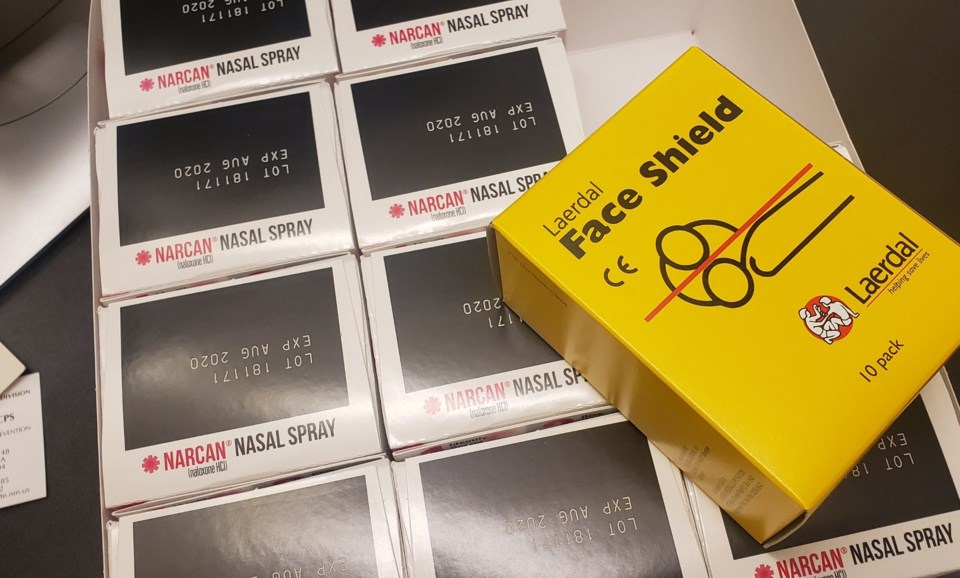New York City has reported its first significant decline in overdose deaths in almost ten years, indicating a potential turning point in the ongoing struggle against the opioid epidemic. The Department of Health and Mental Hygiene (DOHMH) revealed on March 12, 2024, that there were 2,192 overdose deaths in 2024, down from 3,056 deaths in 2023. This decline spans all five boroughs, and notably, it marks the first decrease in fatalities among Black and Latino New Yorkers since 2018.
City officials attribute this progress to targeted investments made possible by funds from opioid settlements. New York City Mayor Eric Adams emphasized the importance of these findings, stating, “The data we are releasing today represents a major shift in a decades-long overdose crisis that has claimed the lives of so many New Yorkers and Americans across the nation.” He acknowledged that while the reduction is encouraging, it cannot compensate for the families devastated by the crisis.
Despite the overall decline, disparities in overdose deaths persist. Black and Latino New Yorkers experienced a 29% decrease in fatalities, yet they continue to die at rates twice as high as their white counterparts. DOHMH Acting Commissioner Dr. Michelle Morse highlighted the ongoing challenge, noting, “While we are finally seeing the needle move on fatal overdoses across the city, too many New Yorkers still continue to die from preventable deaths.” She called for a sustained commitment to programs aimed at saving lives and addressing systemic inequities.
The city has been actively pursuing legal action against opioid manufacturers and distributors since 2018, resulting in nearly $190 million secured as of the end of Fiscal Year 2025. A new proposed settlement with Purdue Pharma and the Sackler family could potentially increase that amount to over $550 million by 2041.
In Fiscal Year 2025, the city allocated $41 million to various health agencies to enhance harm reduction, treatment, and outreach initiatives. These efforts include syringe service programs that provide on-site medical care, harm reduction tools, and treatment referrals, reaching more than 8,000 participants citywide last year. Additional funding is aimed at expanding access to medications such as methadone and buprenorphine, as well as bolstering overdose response initiatives in hospital emergency departments.
As New York City continues to grapple with the opioid crisis, the recent decline in overdose deaths offers a glimmer of hope. While challenges remain, the city’s commitment to addressing this public health issue appears to be gaining momentum, potentially paving the way for further progress in the years ahead.







